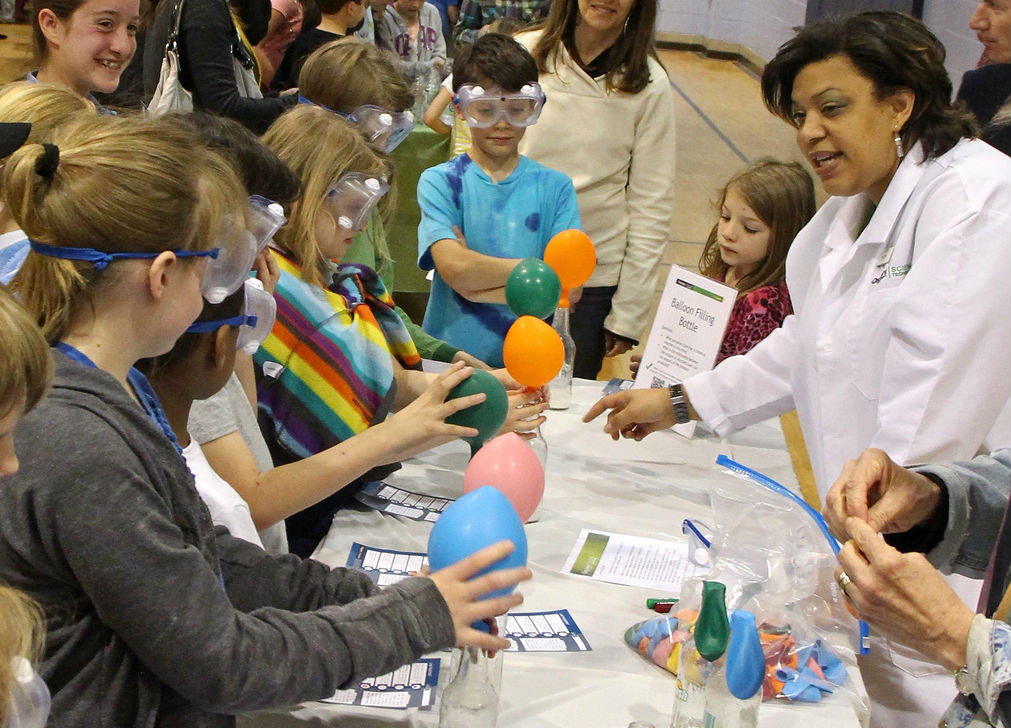
What is it?
The word science comes from the Latin term "scientia" meaning knowledge, which reasonably accurately sums up what it's all about; the modern definition of scientific practice is the organisation and understanding of knowledge to form reasonable explanations about the universe.
What does it involve?
Science can be applied to almost anything in the world, so involves a great variety of things! In general, science concerns itself with understand the way things work, and how they came to be in the first place. Learning about science often includes experiments and demonstrations that help you to understand the ideas that are being presented to you e.g. putting dirty pennies into an acidic solution to demonstrate the chemical reaction between the acid and the copper of the pennies.
Why do it and what are the benefits?
Having an understanding of science has many benefits! It encourages students to be curious about the world around them, and develops patience, communication and perseverance. Scientific study is also good for encouraging students to form their own opinions about things after thorough research instead of taking things at face value; it's great for sparking off independent thought.
What equipment do we need?
Equipment needs will depend entirely on the activity! Chemistry will require a fair bit of apparatus, but science is by no means limited to classroom chemical reactions. Simple activities such as going outside and learning about the flowers and insects is science, and requires no equipment at all! If you are unsure what you may need to provide for any given trip, contact the venue ahead of time and make enquiries!
Who is it suitable for?
Science is a great activity for those of all ages! The sheer variety of subjects that can include science guarantees that everybody will be interested somehow, and the complexity of the information can be adjusted for different age groups' level of understanding.
Costs?
This will depend entirely on the type of activity. Some venues may have free access to their facilities but charge for time spent with an instructor, and others may charge you one entry fee and then free access to everything available inside. You will need to check out what sort of things are available in your area to get an idea of what costs will apply to what activities.
Issues/Things to think about? (unsuitable for age groups, medical conditions etc)
If the activity involves chemicals or similar substances, you must exercise extreme caution with young children! If you are not confident in the safety of your students then you may wish to adjust the activity or increase the supervision!
How do we include?
The easiness of including those with disabilities will heavily depend on the type of activity - the best thing to do would be to consult the venue ahead of time with the details of your students and see what their set up is.
Doing it abroad?
Science is present all over the world! There are likely to be fun scientific activities wherever you go, especially if a venue caters for school groups - do some research ahead of time to see what's available at your destination.
Main website:
Check out specific venue websites for activity information.




